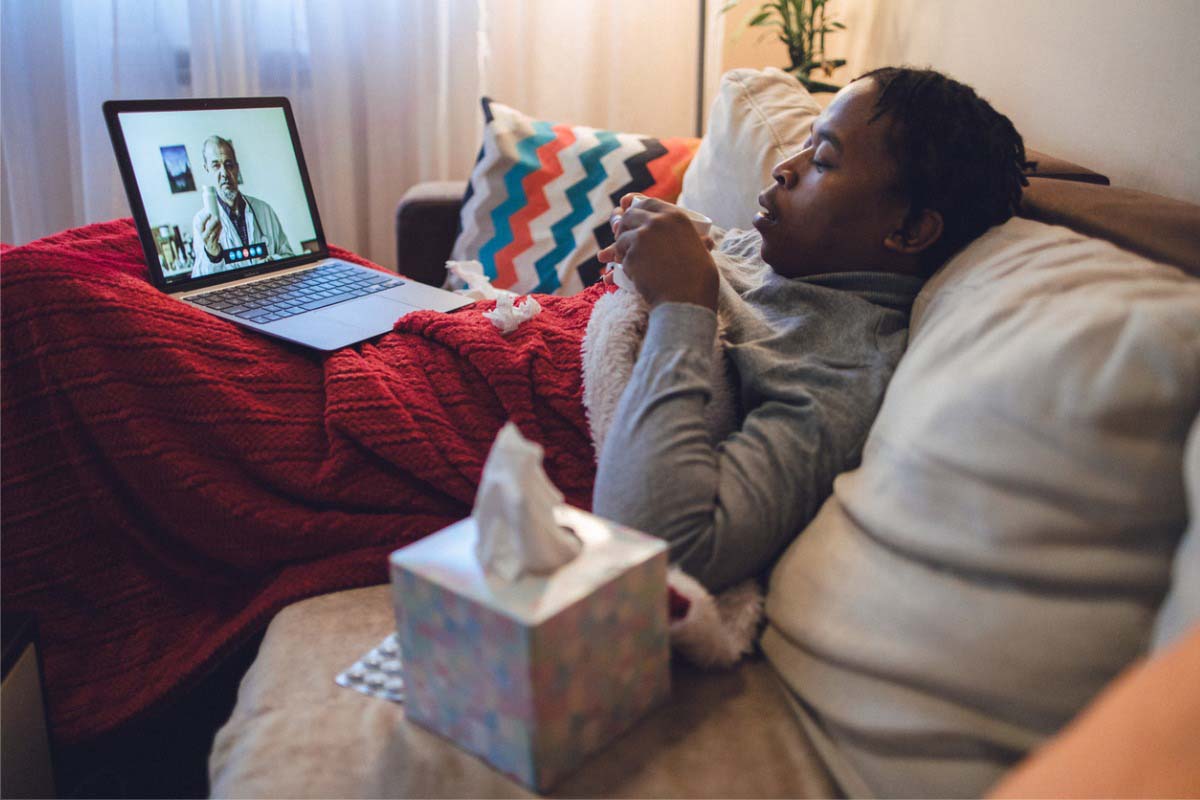Objective: To compare cognitive-behavioral therapy (CBT), panic-focused psychodynamic psychotherapy (PFPP), and applied relaxation training (ART) for primary DSM-IV panic disorder with and without agoraphobia in a 2-site randomized controlled trial.
Method: 201 patients were stratified for site and DSM-IV agoraphobia and depression and were randomized to CBT, PFPP, or ART (19-24 sessions) over 12 weeks in a 2:2:1 ratio at Weill Cornell Medical College (New York, New York) and University of Pennsylvania (“Penn”; Philadelphia, Pennsylvania). Any medication was held constant.
Results: Attrition rates were ART, 41%; CBT, 25%; and PFPP, 22%. The most symptomatic patients were more likely to drop out of ART than CBT or PFPP (P = .013). Outcome analyses revealed site-by-treatment interactions in speed of Panic Disorder Severity Scale (PDSS) change over time (P = .013). At Cornell, no differences emerged on improvement on the primary outcome, estimated speed of change over time on the PDSS; at Penn, ART (P = .025) and CBT (P = .009) showed greater improvement at treatment termination than PFPP. A site-by-treatment interaction (P = .016) for a priori-defined response (40% PDSS reduction) showed significant differences at Cornell: ART 30%, CBT 65%, PFPP 71% (P = .007), but not at Penn: ART 63%, CBT 60%, PFPP 48% (P = .37). Penn patients were more symptomatic, differed demographically from Cornell patients, had a 7.2-fold greater likelihood of taking medication, and had a 28-fold greater likelihood of taking benzodiazepines. However, these differences did not explain site-by-treatment interactions.
Conclusions: All treatments substantially improved panic disorder with or without agoraphobia, but patients, particularly the most severely ill, found ART less acceptable. CBT showed the most consistent performance across sites; however, the results for PFPP showed the promise of psychodynamic psychotherapy for this disorder.
Trial Registration: ClinicalTrials.gov identifier: NCT00353470
Enjoy this premium PDF as part of your membership benefits!
Save
Cite



